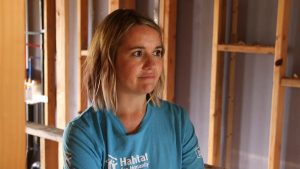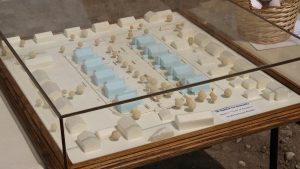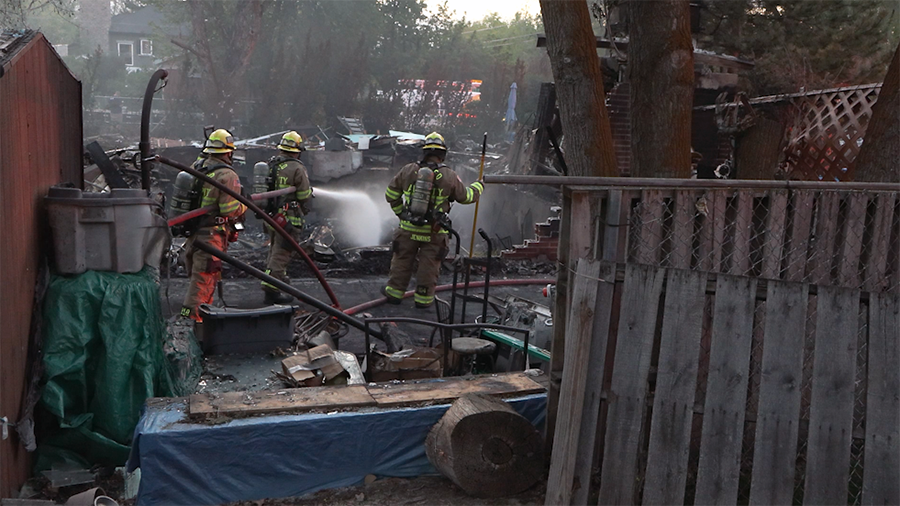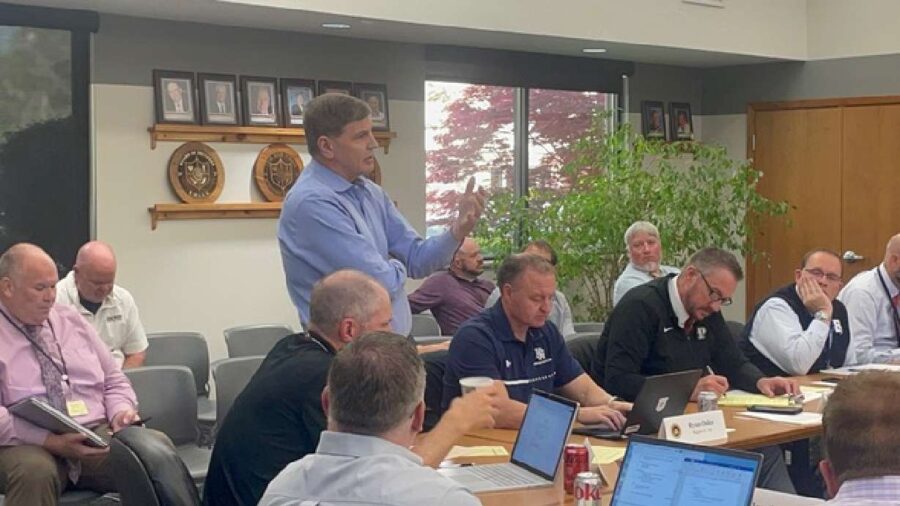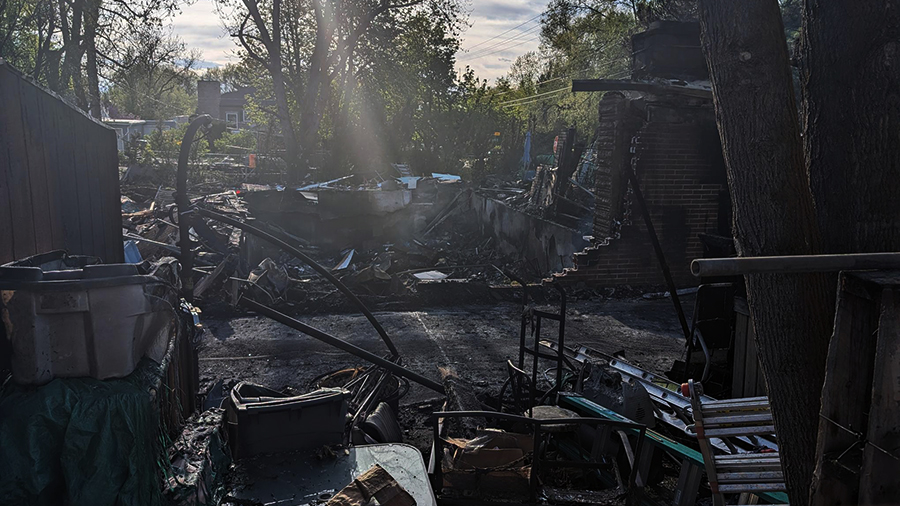Building ‘Dollar Fifty Houses’ on a ‘Field of Dreams’
Jun 11, 2018, 7:09 PM | Updated: Jun 12, 2018, 6:40 am
KEARNS, Utah — An old baseball field in Kearns is now a “Field of Dreams” for low-income families who have long wished they could settle down in affordable housing.
Part of what might turn that dream into reality is a new home design that’s aimed at keeping utilities under $1.50 per day, less than the cheapest cup of coffee at Starbucks.
“The ‘Dollar-Fifty House’ is what we’re calling it,” said Ed Blake, CEO of Salt Lake Valley Habitat for Humanity.
That’s the premise — and the promise — of a long-simmering project. The nonprofit organization is building a new community of homes using a combination of volunteer labor, fundraising and hard work by the families who benefit. The hope is that the homes under construction will set a new standard with utility costs.
Lillith Bear and her family are already planning to move in as soon as the first home is complete. Under the nonprofit organization’s sweat-equity program, Bear and her husband Robert have each put in 225 hours of labor. His modest income as a delivery driver makes it hard to afford conventional housing. Where they live now, the tight family budget is often strained by the monthly utility bills.
“I would say it’s about $120” per month, Lillith Bear said.
So how do you build a home where utilities — instead of $120 — are more like $45 a month?
“It’s called structural insulated panels — SIPs,” said Professor Joerg Ruegemer as he pointed at stacks of panels that will eventually be placed into the new homes. A professor at the University of Utah’s School of Architecture, Ruegemer designed the homes using prefabricated wall and roof panels primarily made of styrofoam but with a bit of “secret sauce” added to the mix.
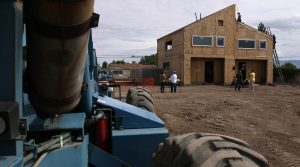
The nonprofit organization Salt Lake Valley Habitat for Humanity is transforming an old baseball field in Kearns into a “Field of Dreams.” A new community of homes, pictured on Wednesday, May 23, 2018, is being built using a combination of volunteer labor, fundraising and hard work by the families who benefit. The hope is that the special design and construction materials of the homes will set a new standard with lower utility cost.
“What we did is we infused graphite” into the styrofoam panels, Ruegemer explained, “which reflects heat back in and out. So they have a better insulation value.”
Think of it as styrofoam on steroids.
“Just imagine it’s like a heat-mirror,” Ruegemer said. “So heat from inside the building gets reflected back in (during) the wintertime, and heat in the summertime gets reflected back out.”
An added advantage is that construction costs are a bit lower because the wall and roof sections are prefabricated and numbered in advance for easy assembly.
“We know exactly where these panels need to go,” Ruegemer said, “so it’s like a little LEGO system.”
The plan is to use the panels to build 10 duplexes — 20 homes — in a development called Field of Dreams. According to Blake, the neighborhood around the old privately owned baseball field had become blighted and the field itself had become a magnet for vandals and other petty criminals. The surrounding community has embraced the renewal project as a solution, Blake said, noting that it will also address a critical shortage of affordable housing and help stabilize low-income families.
“Why not build houses that are not only affordable to buy, but affordable to own?” Blake said. “Why would we saddle a low-income family with an additional 100 dollars a month for 30 years when we don’t have to?”
When each family moves in, they’ll be given guidance — pretty much an owner’s manual — that explains how to keep utility costs down. If they do things like take shorter showers, and make sure to close windows when they’re heating during the wintertime, they may see monthly bills that are lower than they’ve ever experienced.
“And if you can find a way to live comfortably but make your utilities lower and more affordable,” Lillith Bear said. “Then that opens up money for activities for your children.”
That could mean piano lessons or soccer leagues that would otherwise be unaffordable, she said.
The last family to get a new home from Habitat for Humanity had moved five times in seven years to avoid rent increases. When it’s cheaper to buy — and cheaper to live — it can change lives.
“What happens for these families is they can put down roots,” Blake said. “It stabilizes the family. We actually see the students do better in school when this happens. We see the parents promoted at work. This is a great way to interrupt generational poverty.”
The first “Dollar-Fifty House” is headed toward completion sometime this summer.

